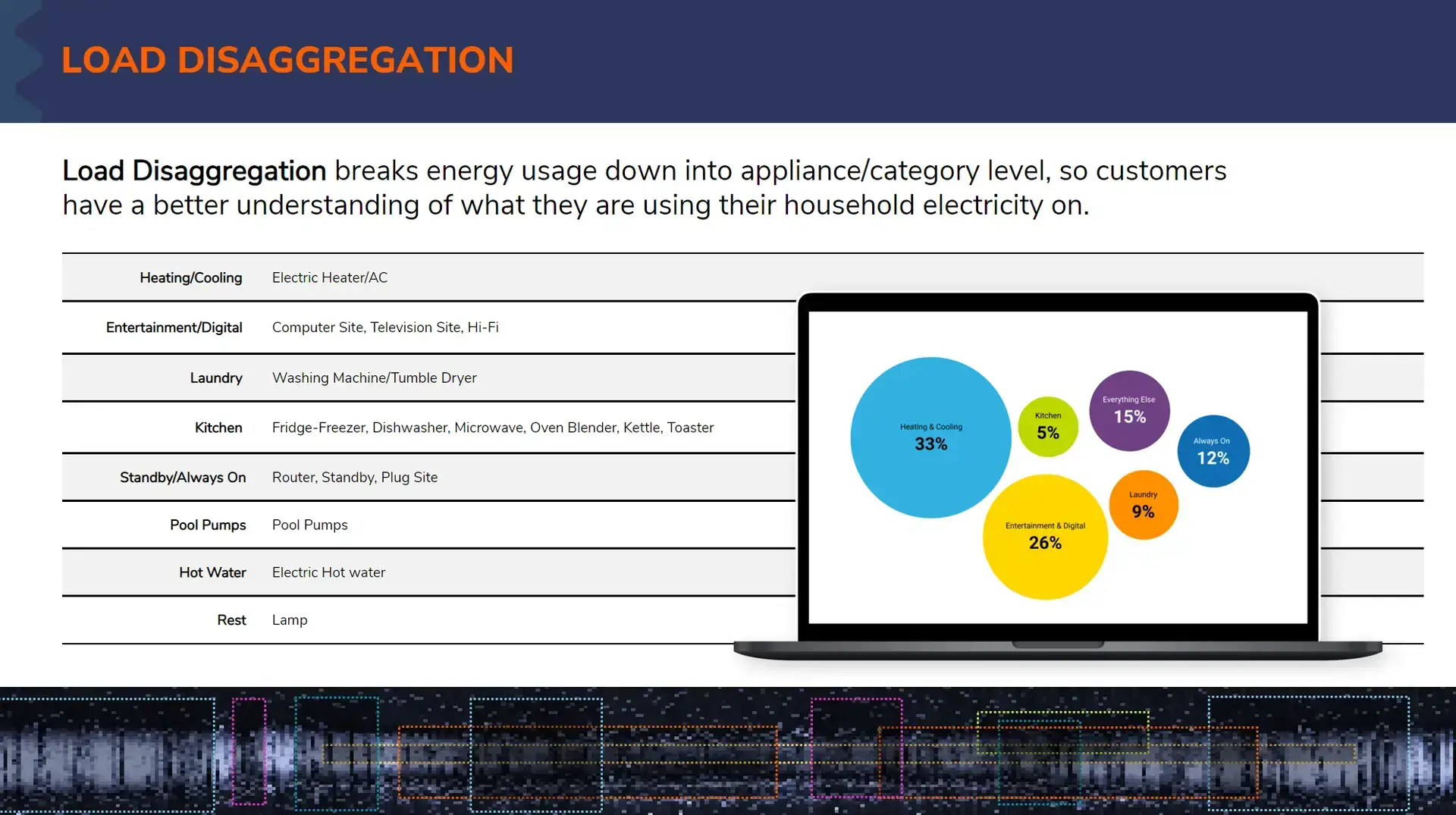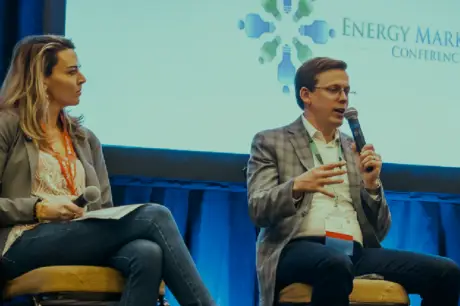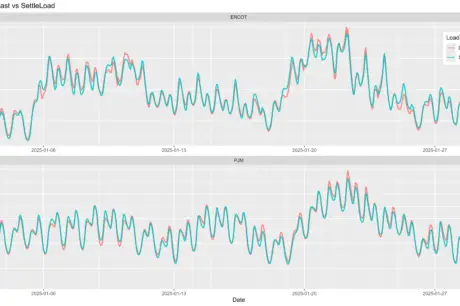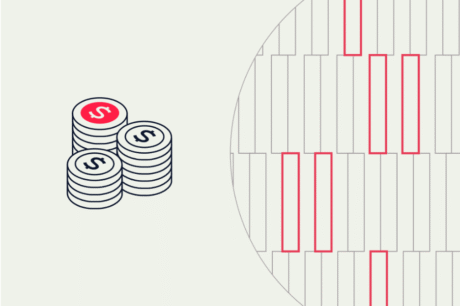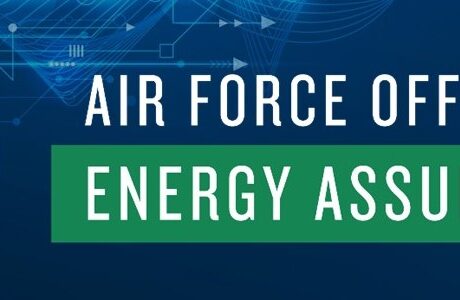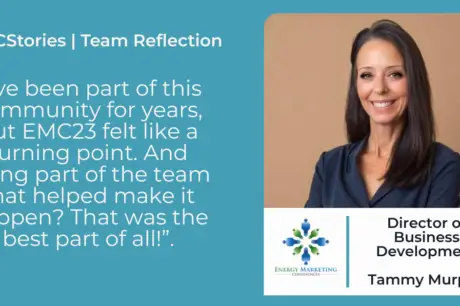What’s making your customer’s energy bill balloon? Is it their new induction range? The teenager’s long showers? An air conditioner working overtime to fight the summer heat? Thanks to machine learning, neural networks, and talented data scientists, those answers are available. Modern load disaggregation tools analyze customer usage data and enable customers to take control over their energy use and spending.
In the last 15 years, smart meters have revolutionized mass market energy use. In 2022, around 75% of US households have smart meters. By 2024, more than 1.2 billion devices are expected to be installed worldwide. This widespread uptake of in-home meters, coupled with advances in smart meter technology that allow us to collect household consumption data, has revolutionized energy billing. Now, with increased data sets and machine learning at our fingertips, smart meters are again proving their value to individual users and energy companies alike.
With increased focus on decarbonization and smart energy use, load disaggregation is becoming an increasingly vital part of efficiently managing power consumption.
Modern data scientists partnering with energy companies can work with your deep understanding of customer needs to disaggregate residential smart meter data in a way that works for our clients and their customers.
HOW LOAD DISAGGREGATION WORKS
Data science teams have developed cutting-edge AI (Artificial Intelligence), machine learning, and neural networks to detect appliance consumption. Then real-world monitoring, testing, and customer feedback allow them to refine the model further and assure accuracy.
Neural networks, a class of machine-learning methods inspired by the brain’s biological structure, are used in a range of ways to obtain load disaggregation for residential buildings by training three major components. The first component is a deep neural network to disaggregate energy consumption into low-medium consumption resources, such as large household appliances (ranges, fridges, washing machines), air-conditioning, and entertainment. The second and third components use long-short term memory (LSTM) and convolutional neural networks with inverted residual blocks to obtain loads for electric hot water systems and timed loads such as pools or spas, respectively. Scientists use a combination of classifiers and regressors to detect and quantify the related appliance’s consumption.
One of the challenges of high-throughput deep learning methods is deploying these models commercially in a scalable way. The advent of cloud-based infrastructures like Amazon Web Services (AWS) that enable high-performance computing as a service out of the box means data scientists can train large-scale deep neural networks, then test and deploy them in a way that provides a scalable implementation. By using cloud infrastructure to deploy models you can scale your deployment and use multi-batch processing technology to obtain load disaggregation results based on smart meter readings.
HOW LOAD DISAGGREGATION BENEFITS OUR CLIENTS AND THEIR CUSTOMERS
Load disaggregation supplies deep, actionable insights into energy usage. Rather than crawl through a series of usage numbers, customers can consume easy-to-understand graphs that pinpoint what’s driving their energy costs – right down to appliance or category level – and act on it accordingly. Regular email updates mean they can compare this usage with previous months.
Using load disaggregation, your customers can potentially detect faulty or inefficient appliances at their property, then use these insights to decide whether they need to upgrade or repair them. They can even use it to help keep up with the Jones’ since load disaggregation can supply insights that tell customers how their energy use compares to other households in their area.
If there’s ready access to meter usage data in your energy market, load disaggregation can be up and running within weeks. When integrated with regular weekly email campaigns it can provide your customers with usage data by the hour, day, and week. Independent research proves meaningful usage insight can reduce churn by a third. In a world that can feel out of control, customers value knowing there’s something they have the power to change.
We’d love to hear about your experiences with usage disaggregation or answer any questions. Feel free to drop us a note.
By Jennifer Moore, SVP North America, Tally – Group, Inc

